Filter data
|
ID |
Nickname |
Country / City |
Languages |
Taxonomies |
Comment |
Project / Group |
Map |
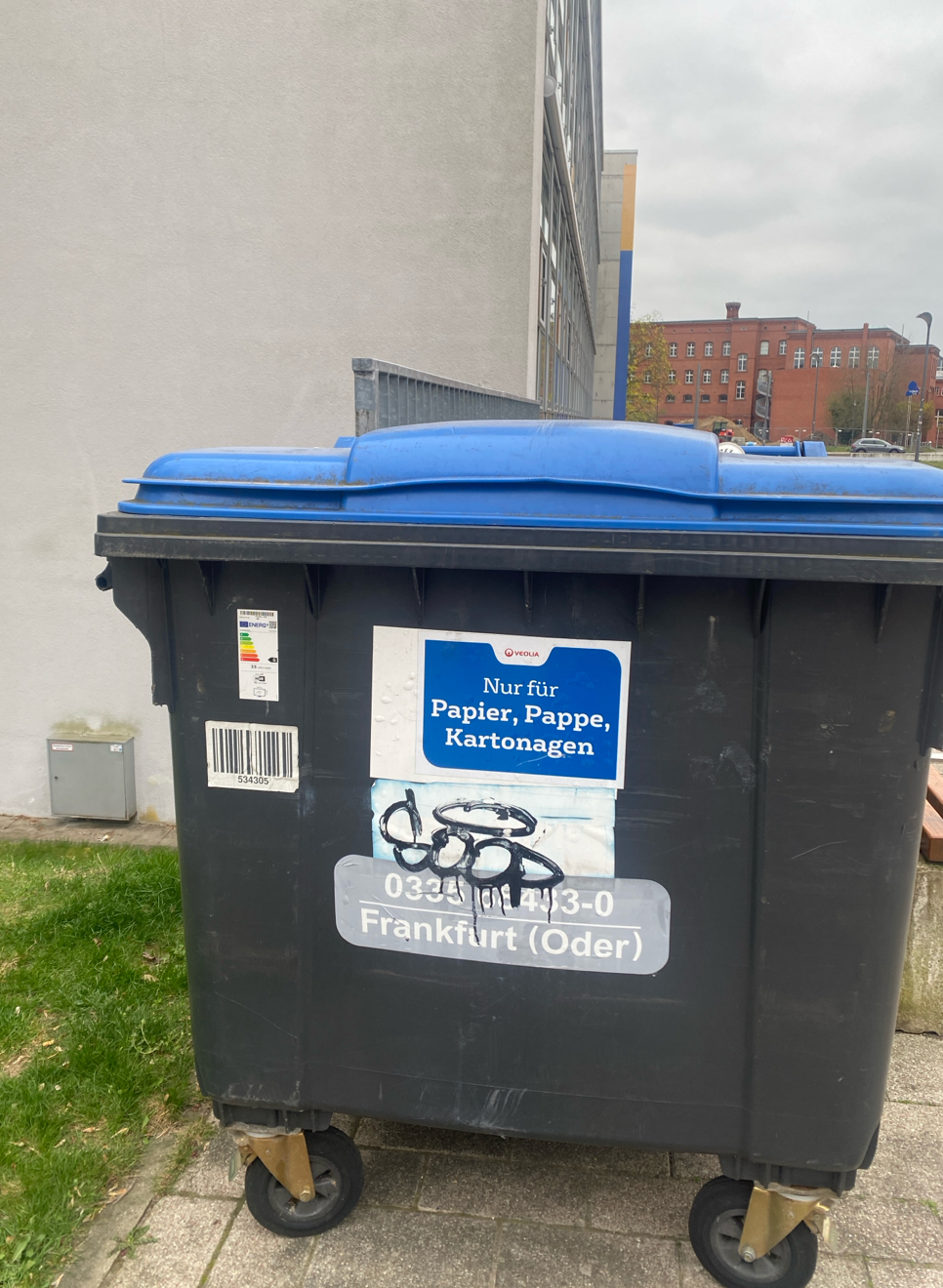
|
127446
|
barbash
|
Germany
Frankfurt (Oder)
|
|
|
—
|
|
|
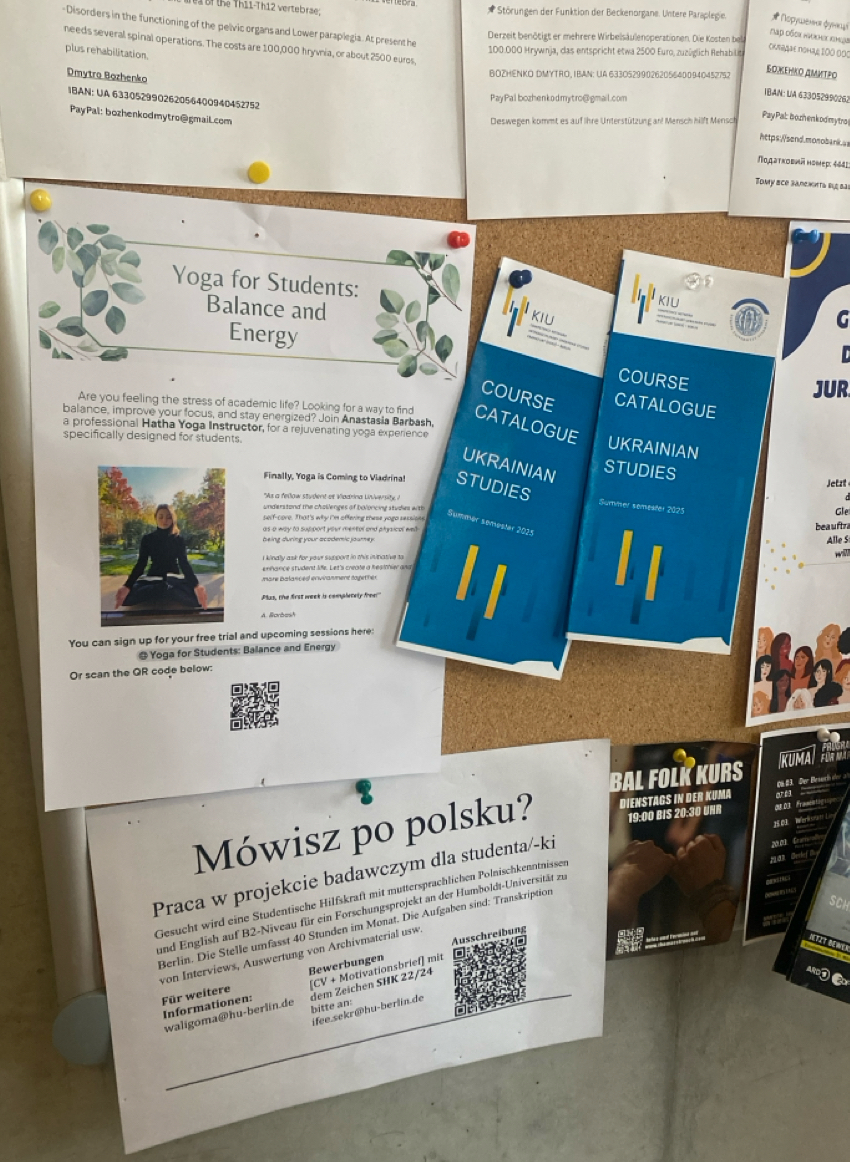
|
127448
|
barbash
|
Germany
Frankfurt (Oder)
|
|
|
Englisch, polnisch, German
|
|
|
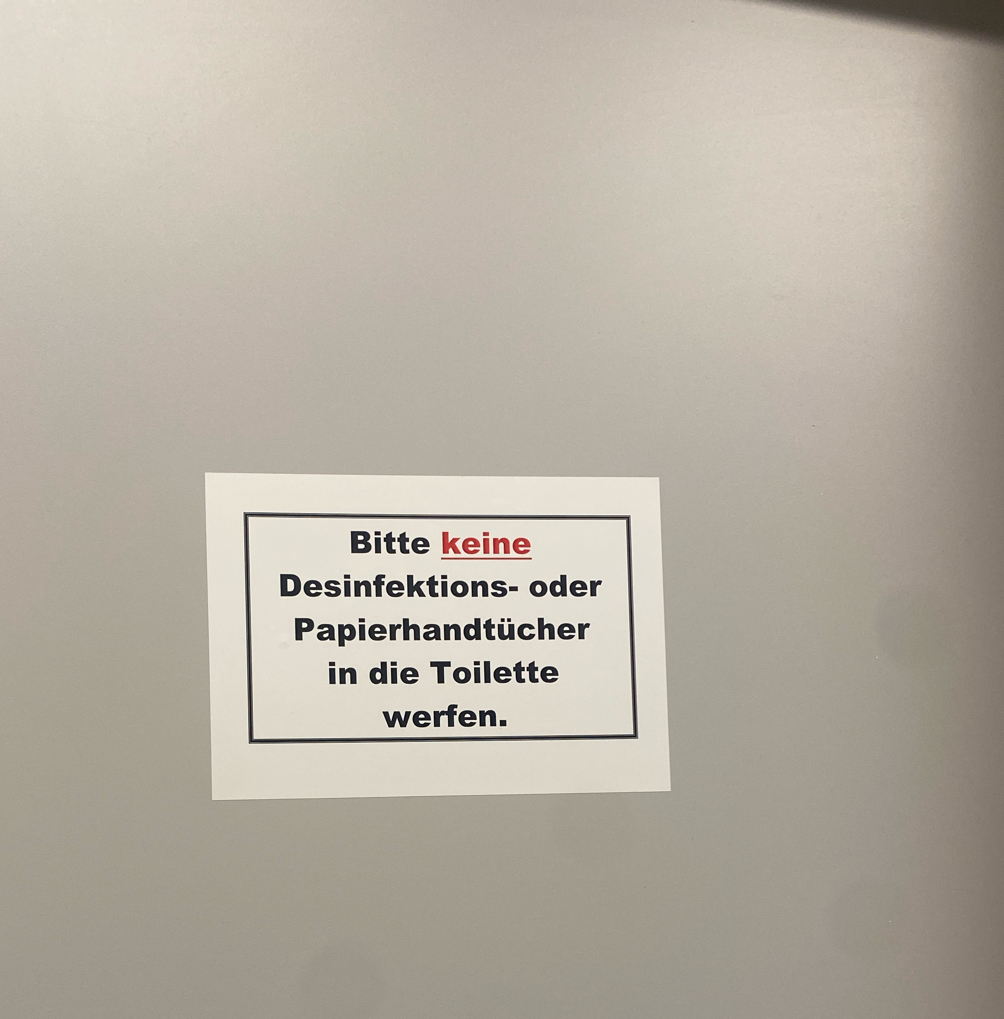
|
127449
|
barbash
|
Germany
Frankfurt (Oder)
|
|
|
German
|
|
|
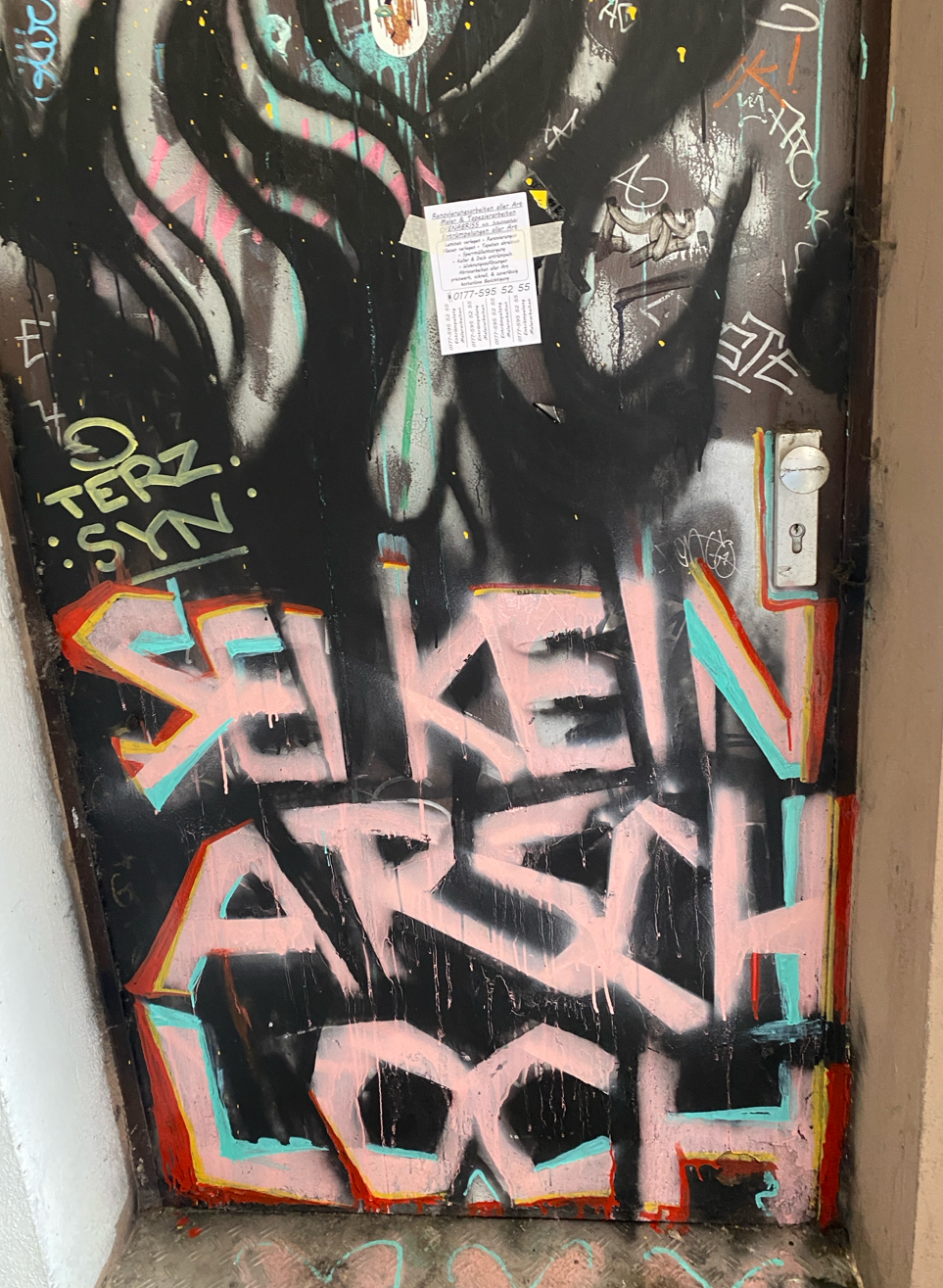
|
132120
|
barbash
|
Германия
Berlin
|
|
|
—
|
|
|
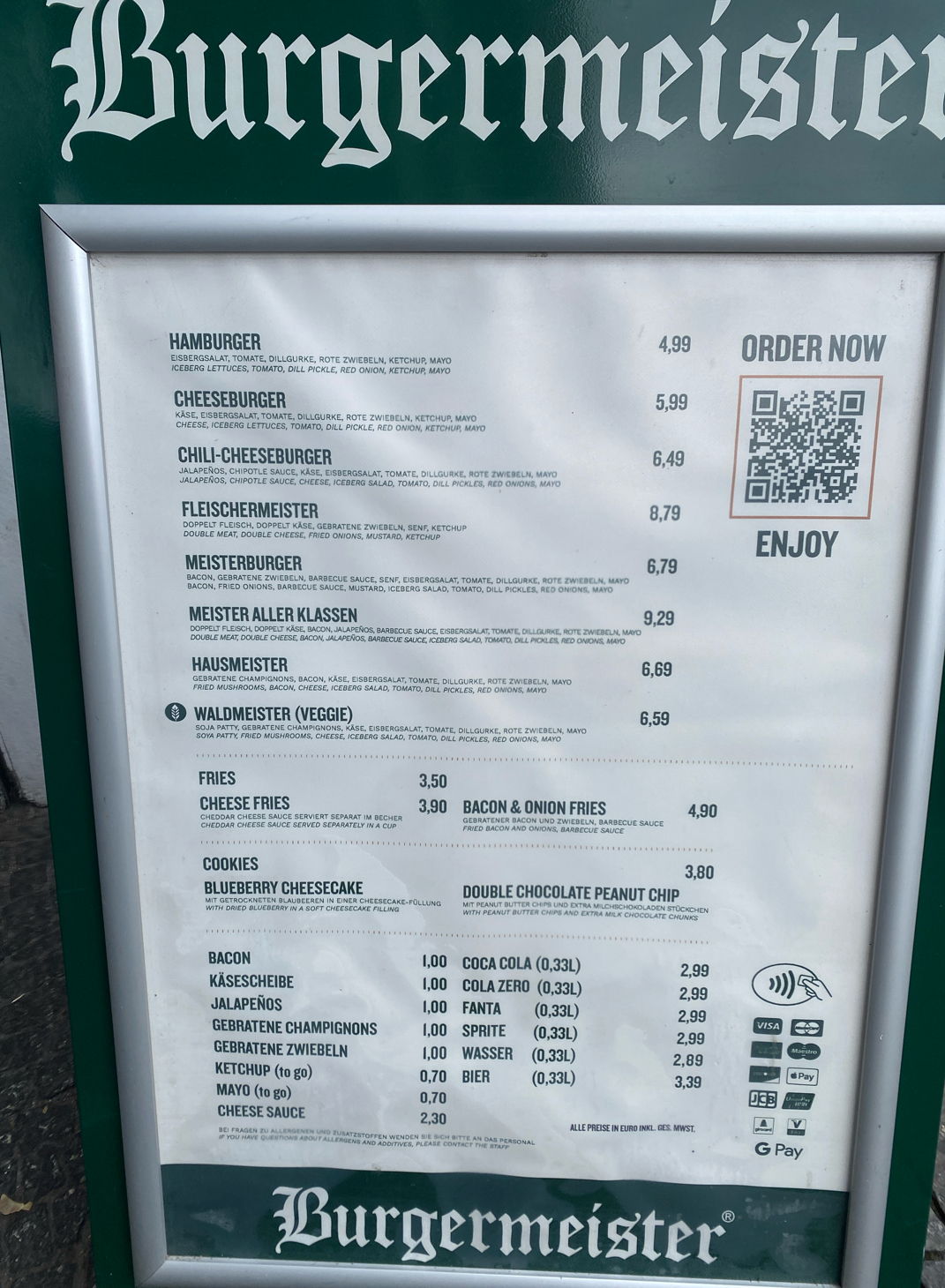
|
132174
|
barbash
|
Германия
Berlin
|
|
|
—
|
LL@Viadrina
English in the LL
|
|
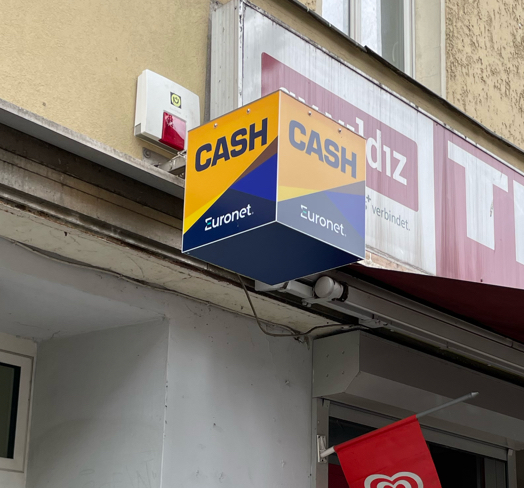
|
132175
|
barbash
|
Германия
Berlin
|
|
|
—
|
LL@Viadrina
English in the LL
|
|
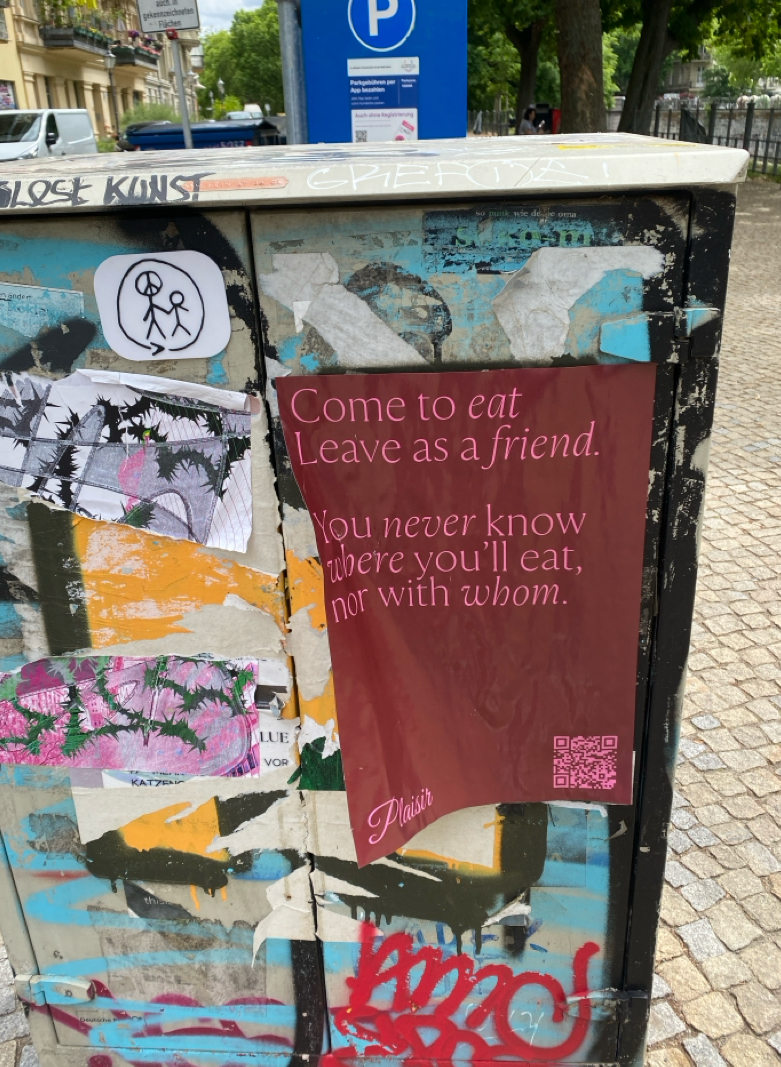
|
132177
|
barbash
|
Германия
Berlin
|
|
|
—
|
LL@Viadrina
English in the LL
|
|
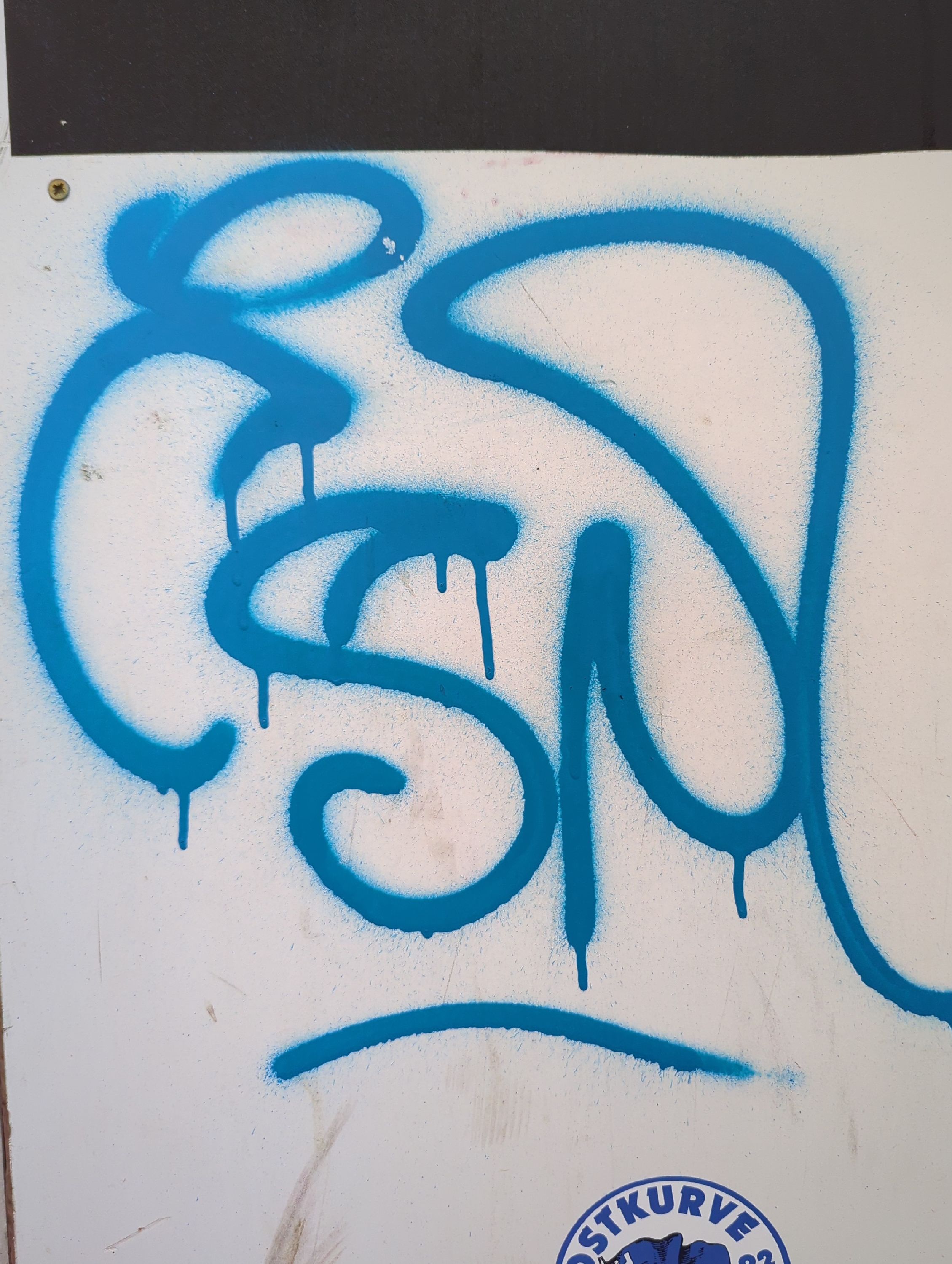
|
99762
|
BCMS
|
Germany
Karlsruhe
|
|
|
—
|
KAGraffiti
|
|

|
99763
|
BCMS
|
Germany
Karlsruhe
|
|
|
—
|
KAGraffiti
|
|

|
99764
|
BCMS
|
Germany
Karlsruhe
|
|
|
—
|
KAGraffiti
|
|
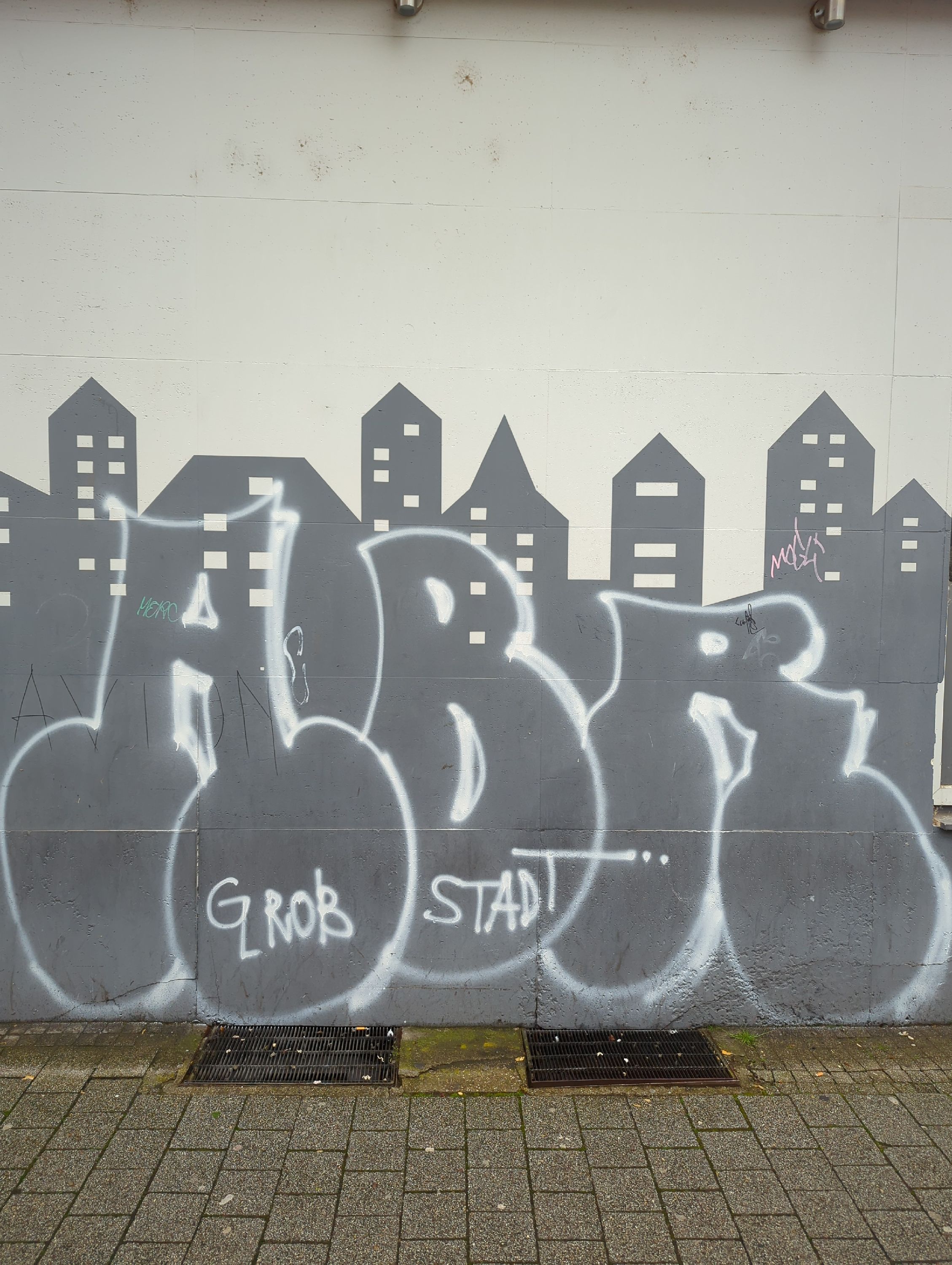
|
99765
|
BCMS
|
Germany
Karlsruhe
|
|
|
—
|
KAGraffiti
|
|
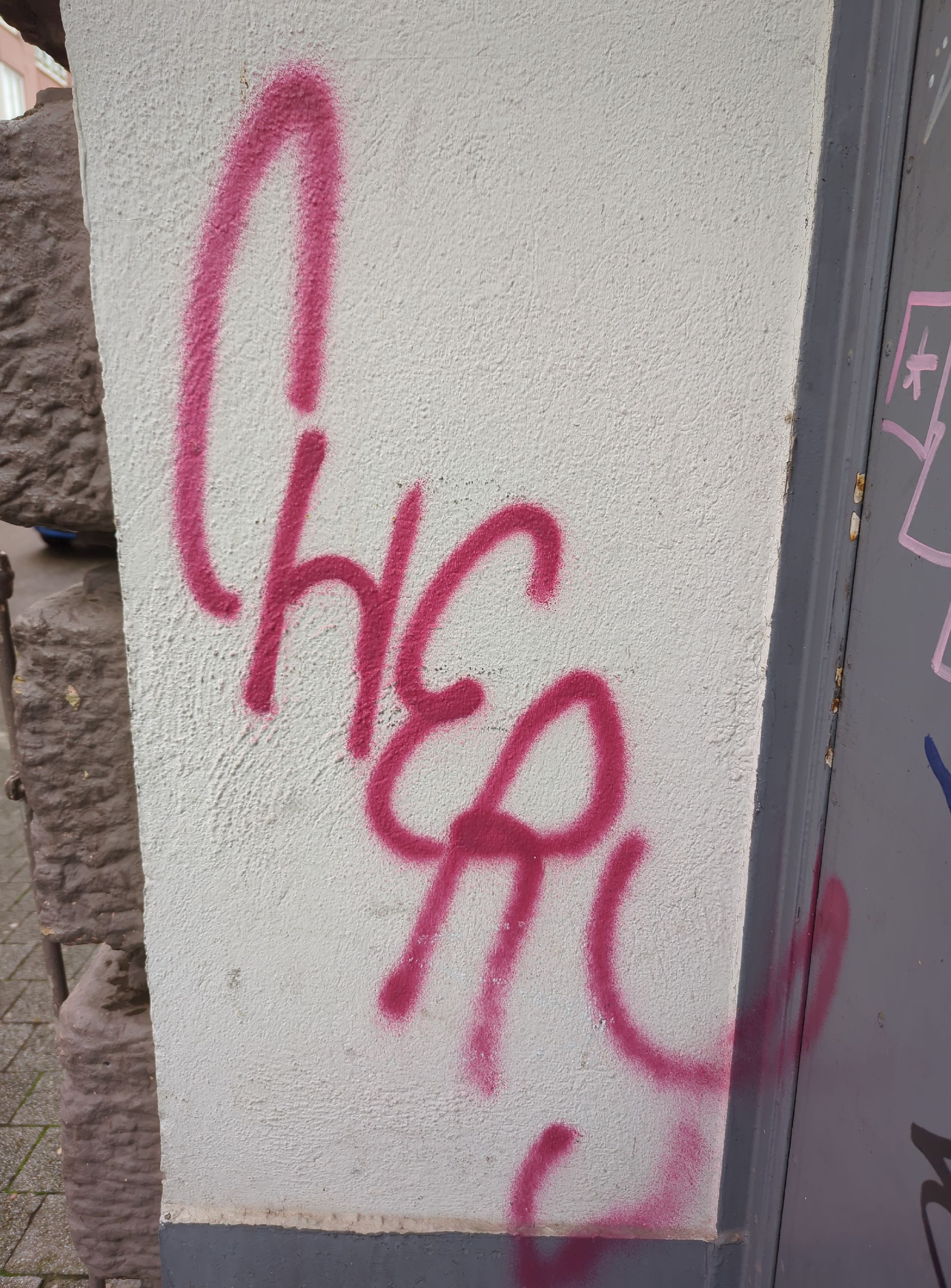
|
99766
|
BCMS
|
Germany
Karlsruhe
|
|
|
—
|
KAGraffiti
|
|
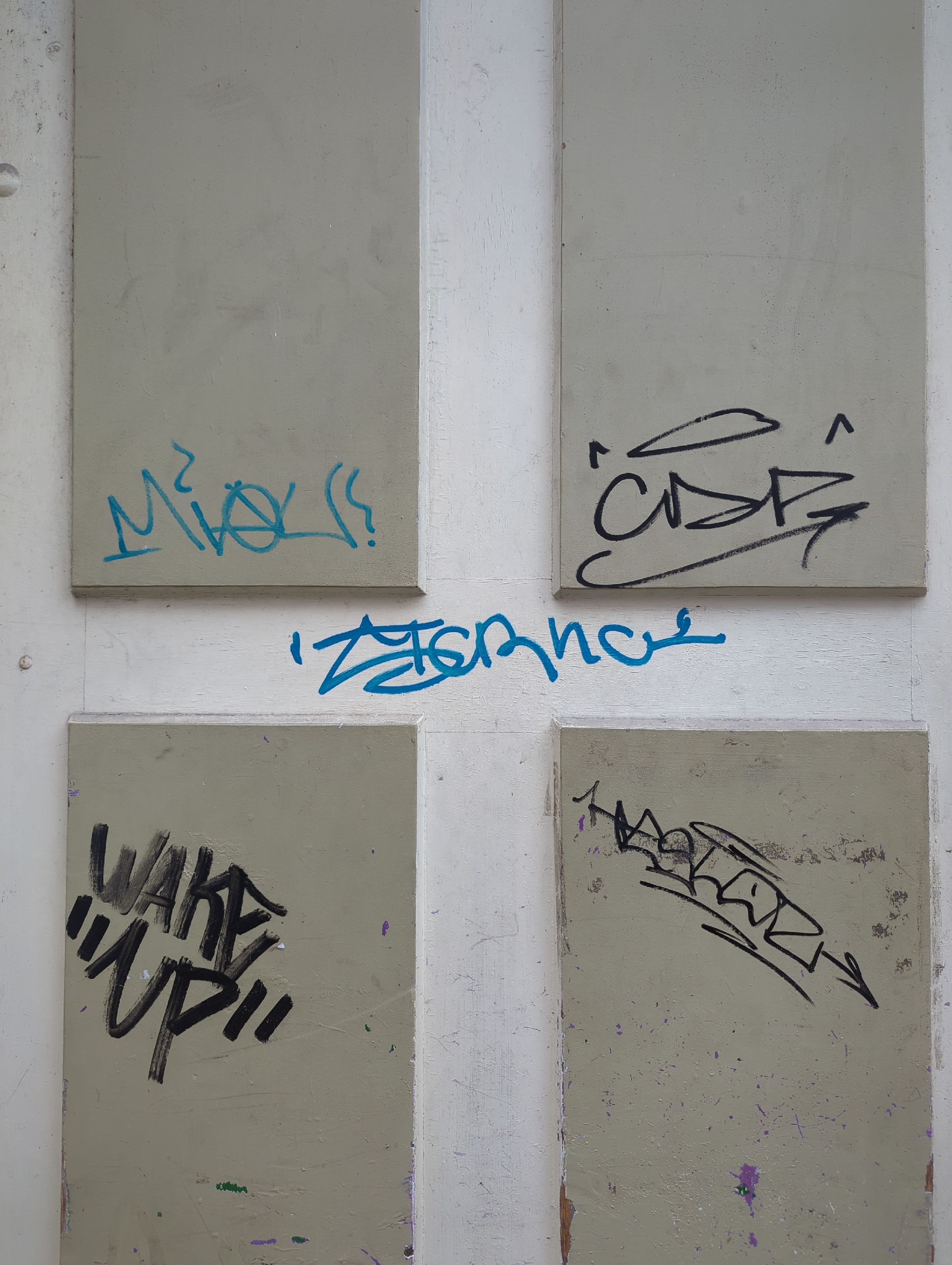
|
99767
|
BCMS
|
Germany
Karlsruhe
|
|
|
—
|
KAGraffiti
|
|

|
99768
|
BCMS
|
Germany
Karlsruhe
|
|
|
—
|
KAGraffiti
|
|
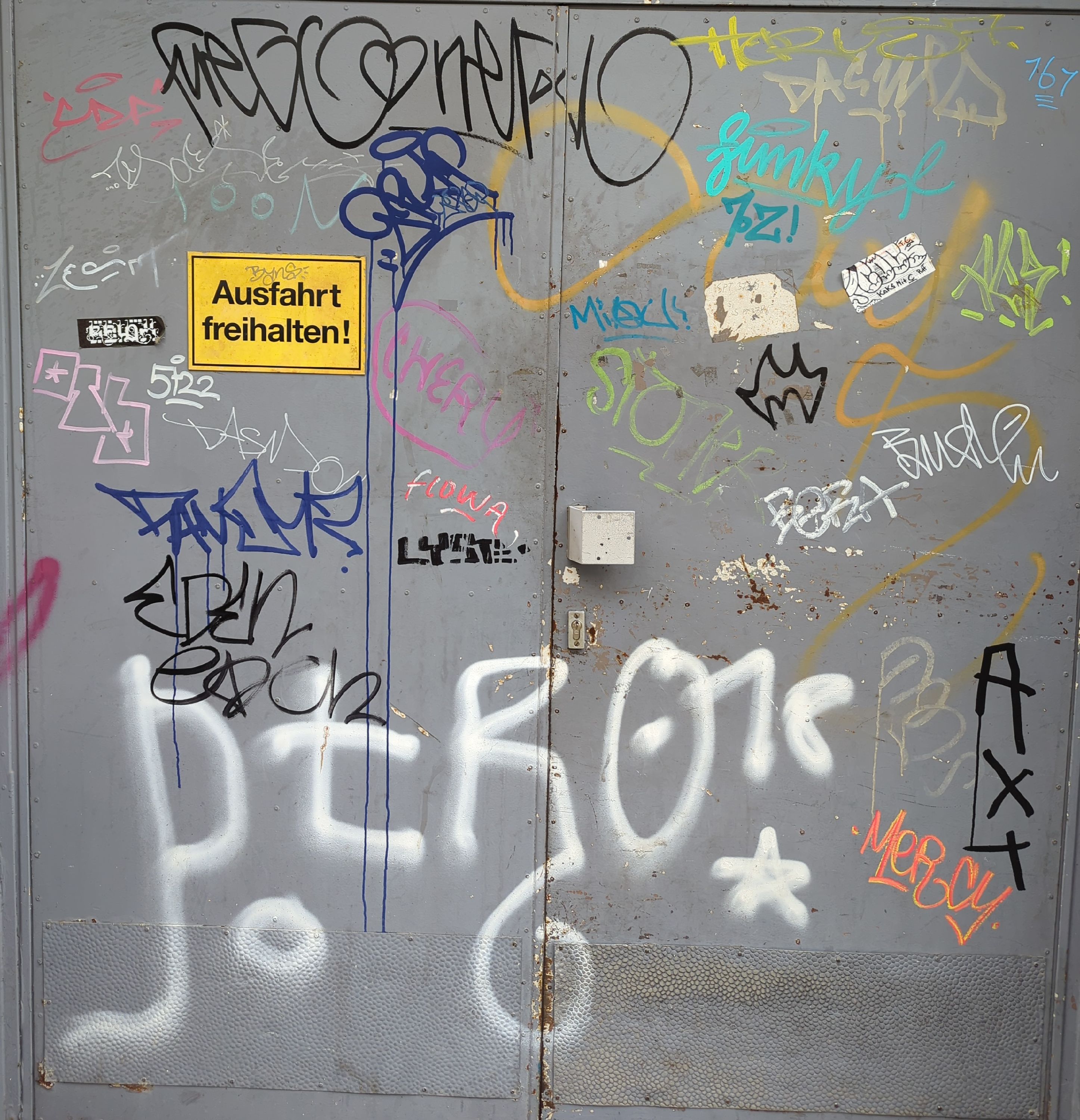
|
99769
|
BCMS
|
Germany
Karlsruhe
|
|
|
—
|
KAGraffiti
|
|
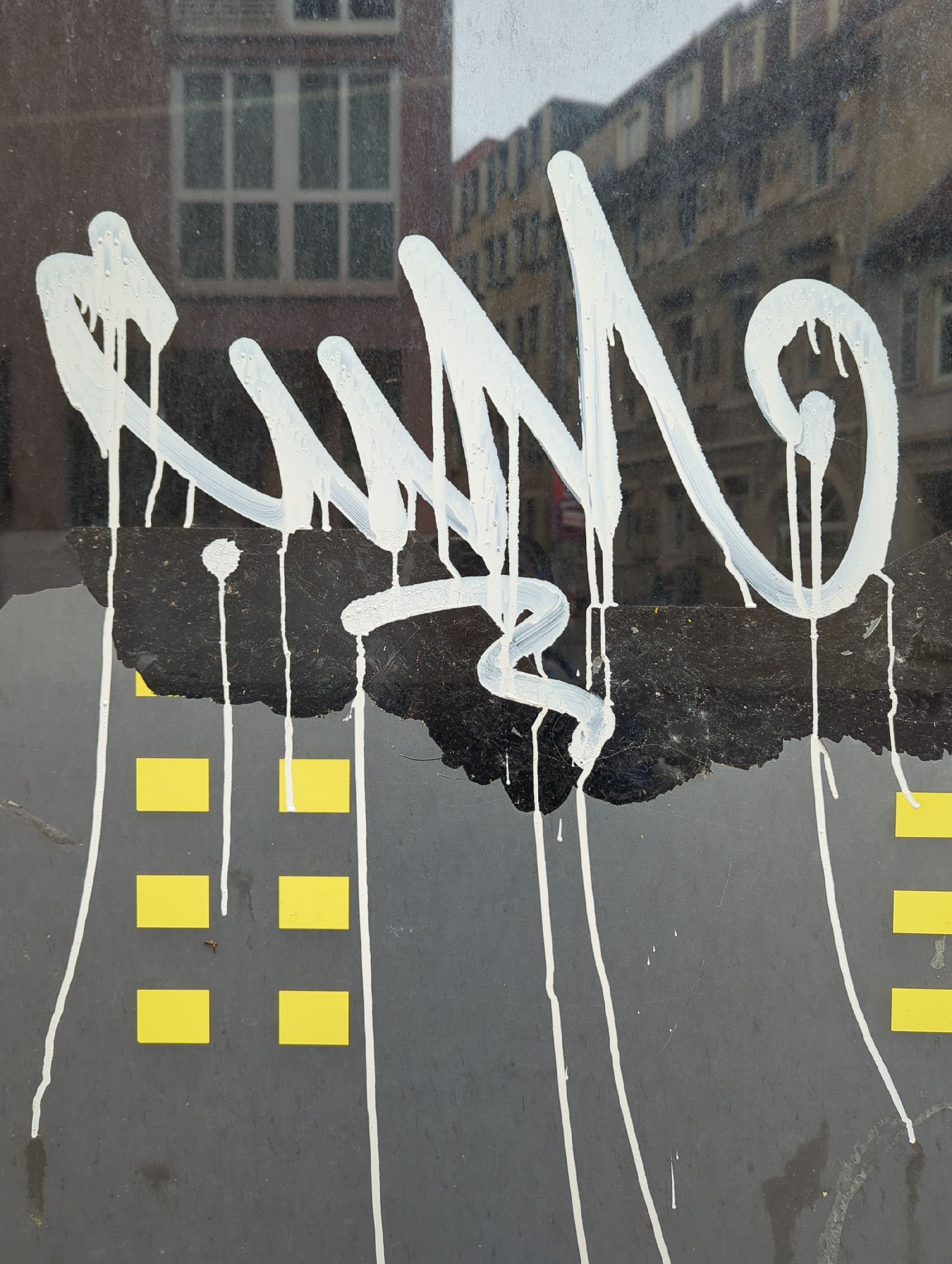
|
99770
|
BCMS
|
Germany
Karlsruhe
|
|
|
—
|
KAGraffiti
|
|
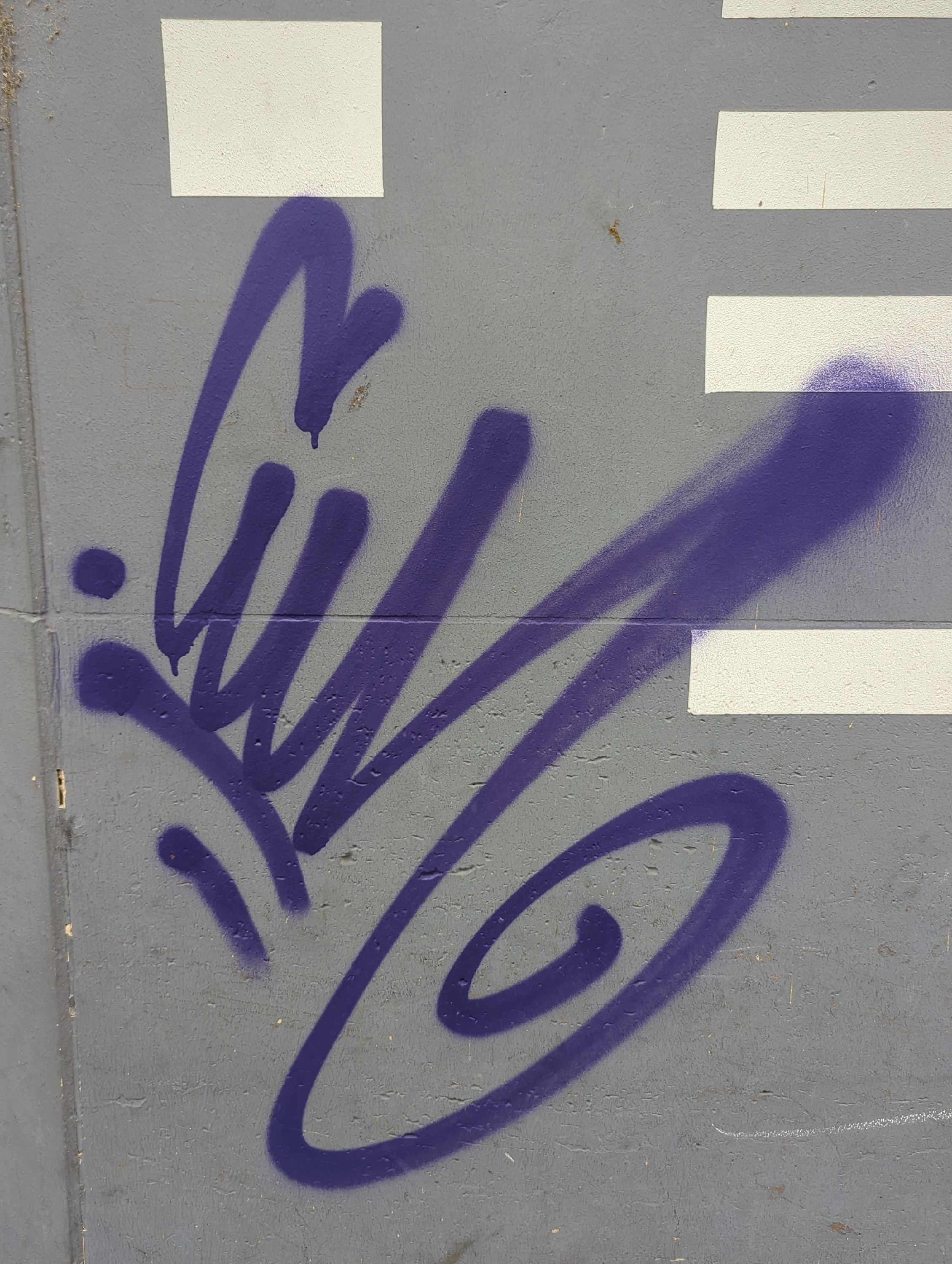
|
99771
|
BCMS
|
Germany
Karlsruhe
|
|
|
—
|
KAGraffiti
|
|
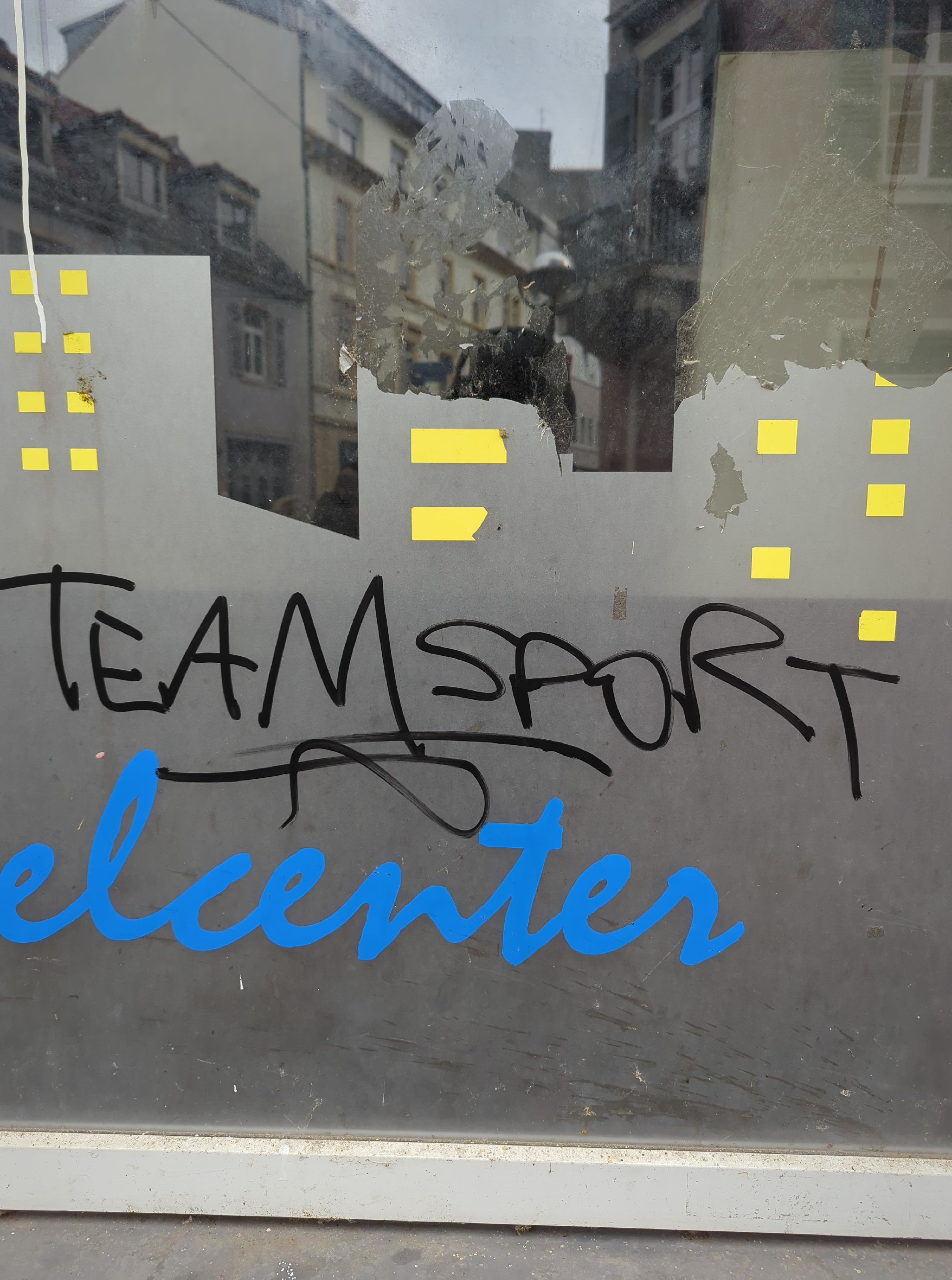
|
99772
|
BCMS
|
Germany
Karlsruhe
|
|
|
—
|
KAGraffiti
|
|
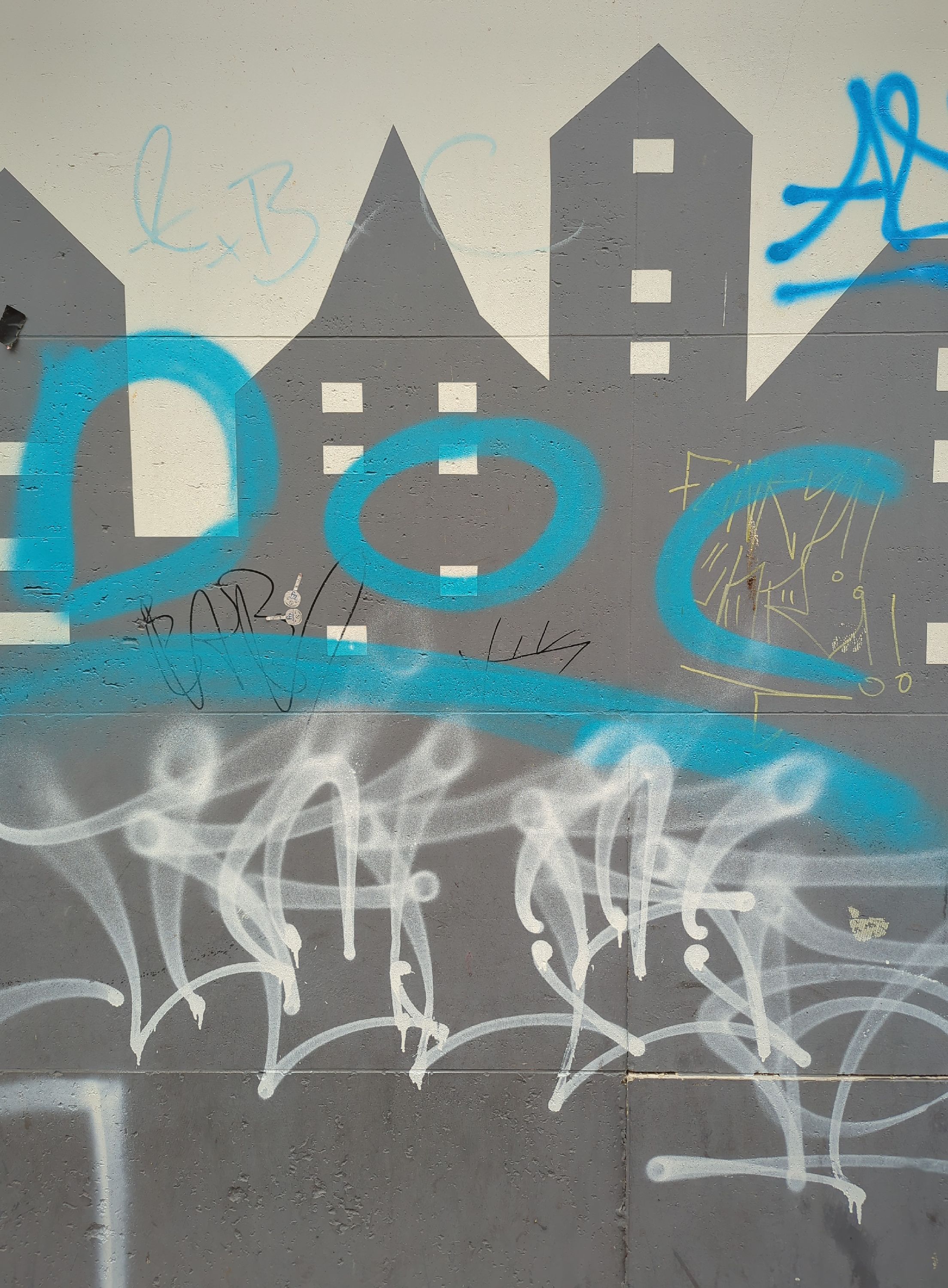
|
99773
|
BCMS
|
Germany
Karlsruhe
|
|
|
—
|
KAGraffiti
|
|
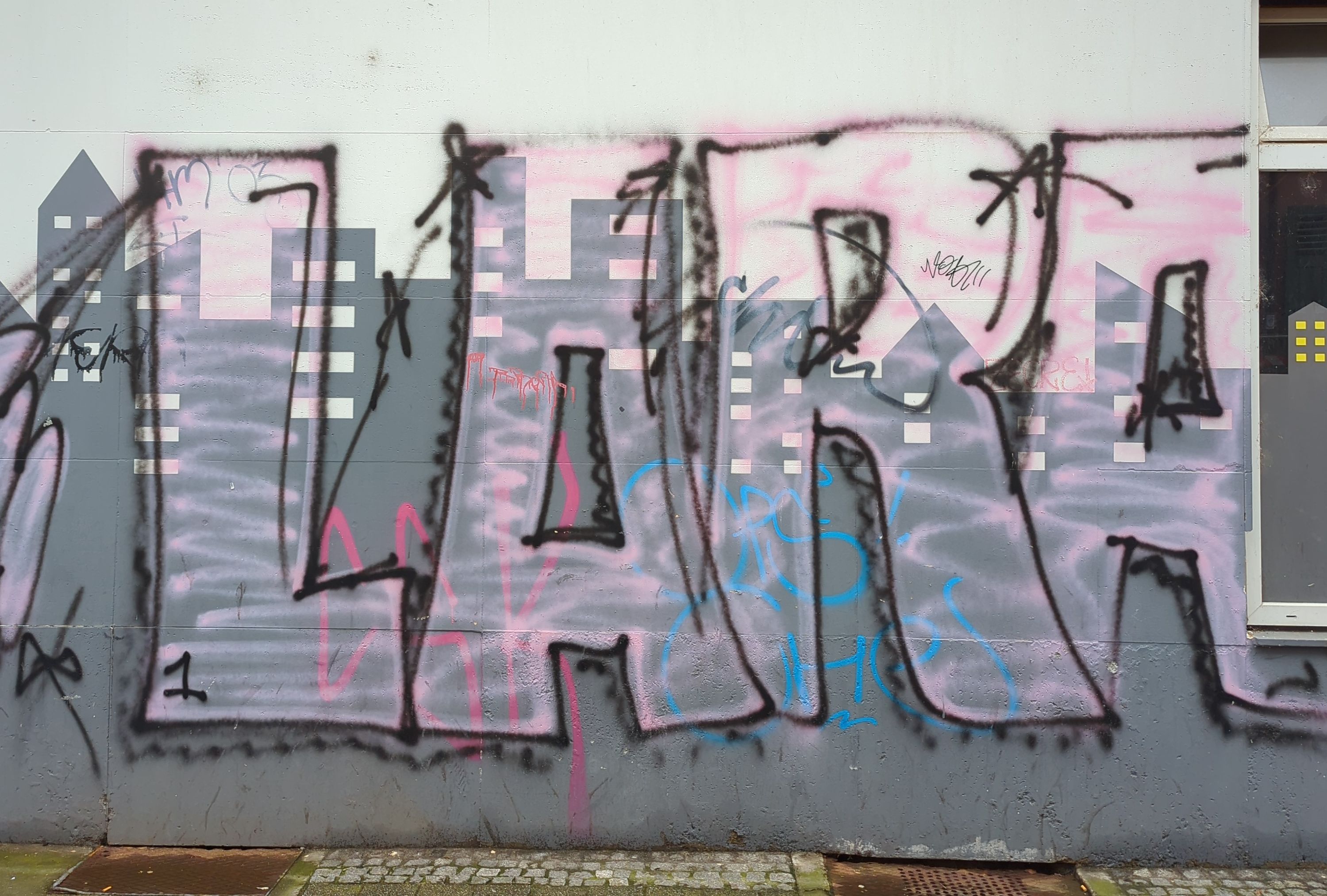
|
99774
|
BCMS
|
Germany
Karlsruhe
|
|
|
—
|
KAGraffiti
|
|